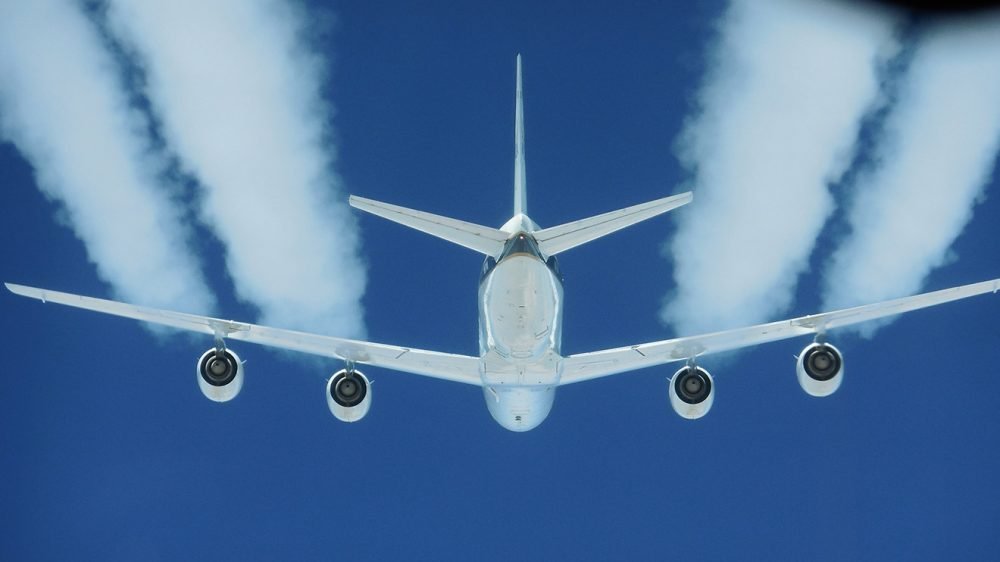Imagine, on a plane trip abroad, sitting in a comfortable seat by the window, suddenly a strange liquid is sprayed from the back of the plane’s wing. Of course, naturally, you will immediately panic. Did something happen during the trip? Did the engines fail? You might be asking. You don’t have to panic when you’re faced with a situation like this. The first thought that will come to mind should be that the pilot is performing the fuel discharge process. So, in what situation do pilots discharge fuel?

Why Do Planes Discharge Fuel In The Air?
One of the situations that we are not used to seeing in planes is the fuel discharge of planes during the cruise. I can hear you saying that you don’t think the pilots are enjoying this process. Then why do planes discharge fuel in the air? Come and get it. Some planes have to be lighter when they land compared to when they take off. For this reason, an aircraft that does not use the fuel that it must burn before it moves to the moment of landing can hit the ground hard due to the weight it is present during landing, in which case it can cause undesirable damage. For this reason, when planes do not use the fuel, they should use during the journey, pilots prefer to discharge fuel at a certain altitude in the air to make a comfortable landing and not risk their passengers ‘ lives. Aircraft that will discharge fuel must perform this operation at a certain altitude. Because the fuel discharge process that occurs in aircraft must ensure that the fuel evaporates in the air until it lands on the ground so that undesirable events do not occur. Therefore, aircraft cannot discharge fuel under a certain altitude, except in emergencies.



